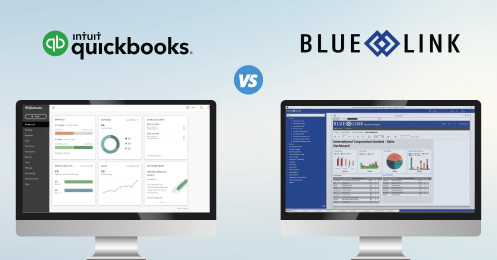[fusion_text]
Accounting processes are an integral part of business management and include managing your company’s accounts receivable, accounts payable, general ledger and dealing with banking. Depending on the size and sophistication of your business, you may be able to use manual methods of data entry and calculation, or perhaps an introductory accounting system. However, in order to meet standard accounting regulations, and ensure a high level of data accuracy, as the business grows more sophisticated accounting ERP software is your best choice. Accounting ERP systems provide many benefits including:
(1) The ability to manage multiple currencies and multiple companies
(2) Real-time posting in which the software automatically posts to general ledger when processing invoices, payments or any other transactions
(3) Automatic emailing of statements
(4) Posting integrity controls to prevent a business’s books from going out of balance and to ensure a trail of entries, adjustments and transactions for auditing purposes
These benefits, however, are only as good as the data actually being input into the system. Poor data input is a common issue, especially in smaller organizations with less formal procedures in place. As an example, consider the accounts receivable function. Attention to data quality in your billing system profoundly affects the collection and reporting of revenue. The more incorrect data in your database, the longer it takes to collect revenue. The consequences of mailing invoices to the wrong address (or emailing to the wrong email address) are obvious. This also applies to sending information to the wrong contact at each company. Accurate data collection helps avert this situation and protects the bottom line from inaccurate billing that might mask the real financial picture. Moreover, it prevents unnecessary referral of accounts to collection agencies because of incorrect data.
Bad data is not an issue that only affects accounting. Inconsistent inventory item numbers can result in the wrong product being shipped to customers, pricing data discrepancies can result in lost profit margins and bad customer relationship data can result in prospective customers not being followed up with in a timely manner – just to name a few examples. In addition, common scenarios such as employee turnover, company moves, mergers and acquisitions and changes to suppliers and inventory products can all have an impact on data management and storage.
In order to address this issue it is important to implement a coherent policy on accurate data collection, and implement proper systems for managing data. One benefit to a fully integrated accounting ERP system is that all data will be stored in one central database. This includes inventory descriptions and part numbers, pricing, contact records and address information etc. With one database, information only needs to be updated once when a change happens, further reducing the chance of bad data being entered.
Proper software can help reduce bad data by providing specific features such as:
- Multiple look-ups for information
- On the inventory side this includes searching by part number, description, class, manufacturer etc.
- On the contact side this includes searching by name, email or phone number
- Use of wildcards when searching for information when you’re not given complete details
- Automatic reports that get generated and sent to the appropriate people when critical field data is missing
- Controls in place that do not allow the same product code or contact code to be created and that recognize when individuals are already in the system and associated with a specific company
- Ability to schedule periodic searches for duplicate and incomplete records – this can be easily accomplished using basic analysis tools such as Excel with software that uses a rational database
In general, it is a good idea to have management regularly re-examine the systems in place, and corporate policies and procedures, to ensure that (a) data collection is prompt, accurate and relevant, and (b) that the appropriate information is available to the appropriate people at the right time.










